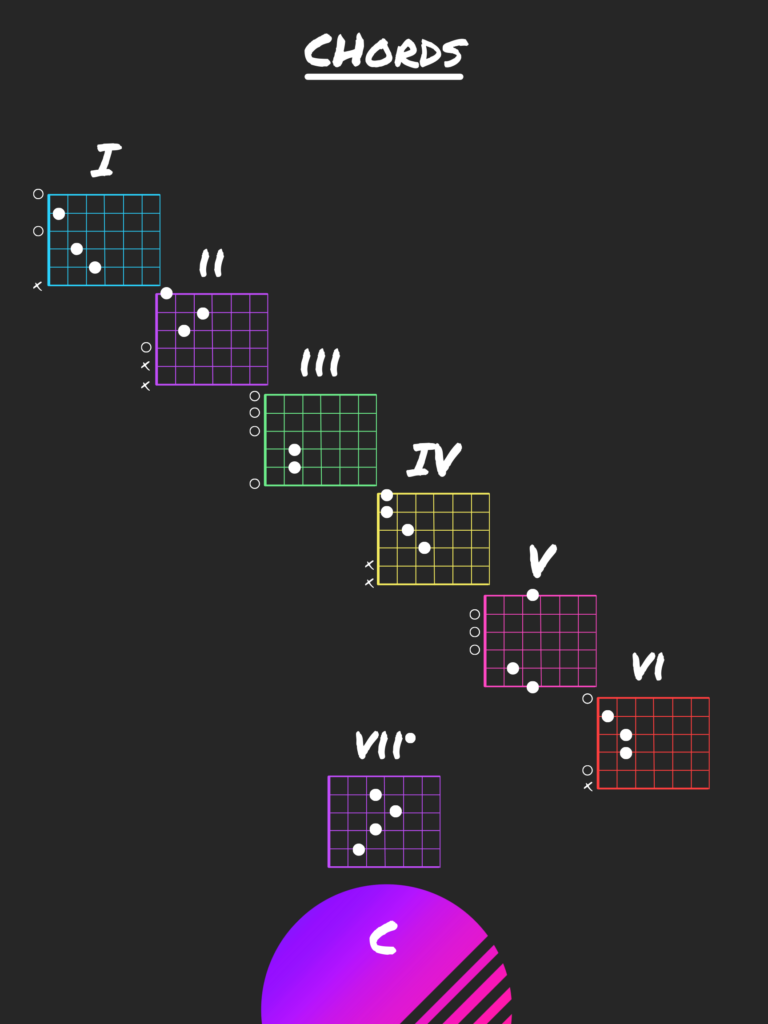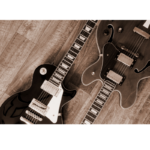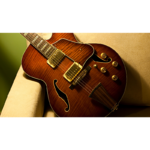Learning to play the guitar is an exciting journey, filled with moments of discovery and accomplishment. As a beginner, one of the fundamental skills you’ll need to master is reading guitar charts. These visual representations of chords are like maps that guide your fingers to the right positions on the fretboard. In this guide, we’ll demystify the process of reading guitar charts, empowering you to navigate them with ease and confidence.
Understanding Guitar Beginner Chord Chart
Before diving into the specifics, let’s familiarize ourselves with the anatomy of a typical guitar chart. Imagine a grid, with vertical lines representing the strings of the guitar and horizontal lines symbolizing the frets. Each dot or symbol on the grid indicates where to place your fingers to produce a specific chord.

Getting Started with Guitar Beginner Chord Chart: The Basics
For beginners, it’s essential to start with the basics. Begin by learning the names of the open strings: E, A, D, G, B, and E (from the lowest-pitched string to the highest). These strings are often labeled on guitar charts, serving as a reference point for chord diagrams.
Deciphering Chord Symbols
Next, let’s tackle the chord symbols themselves. Each chord is typically represented by a letter or a combination of letters, such as C, D, G, or Am. These symbols correspond to the name of the chord you’ll be playing. Additionally, you may encounter numbers or other symbols accompanying the chord name, indicating variations or modifications.
Finger Placement Guide
Now, let’s focus on the dots or symbols within the grid. These symbols indicate where to place your fingers on the fretboard. A circle usually represents where to press down on a string, while an X may signify a string that should not be played or should be muted.
The Importance of Finger Numbers
Some guitar charts include numbers inside the circles to denote which finger to use for each position. Typically, the index finger is labeled as 1, the middle finger as 2, the ring finger as 3, and the pinky finger as 4. Pay attention to these numbers as they provide guidance on finger placement and help optimize your technique.
Reading Guitar Beginner Chord Chart Variations
As you advance, you’ll encounter variations of basic chords, such as Cmaj7, Dsus4, or G/F#. These variations add depth and color to your playing but may seem daunting at first glance. Fortunately, the principles of reading guitar charts remain the same. Focus on the chord name and the finger placement guide to navigate these variations effectively.
Practice Makes Perfect
Like any skill, mastering the art of reading guitar beginner chord chart requires practice. Start by familiarizing yourself with common open chords, such as C, G, D, and A. Practice transitioning between these chords smoothly, paying attention to your finger placement and strumming technique. As you become more comfortable, challenge yourself with new chords and chord progressions.
Additional Resources
In addition to traditional guitar beginner chord chart, there are countless resources available to help beginners learn and master the guitar. Online tutorials, interactive apps, and instructional videos can provide valuable guidance and support on your musical journey. Experiment with different learning tools to find what works best for you. You can download some of our free guitar chord charts and start learning
Conclusion
Learning to read guitar beginner chord chart is an essential skill for any aspiring guitarist. By understanding the basics of chord symbols, finger placement, and chord variations, you’ll be well-equipped to tackle a wide range of songs and musical styles. Remember to be patient with yourself and practice regularly. With dedication and perseverance, you’ll soon unlock the full potential of the guitar and embark on a musical adventure that lasts a lifetime.

Download The FretDeck & Chord Secrets Course!
Download Course










